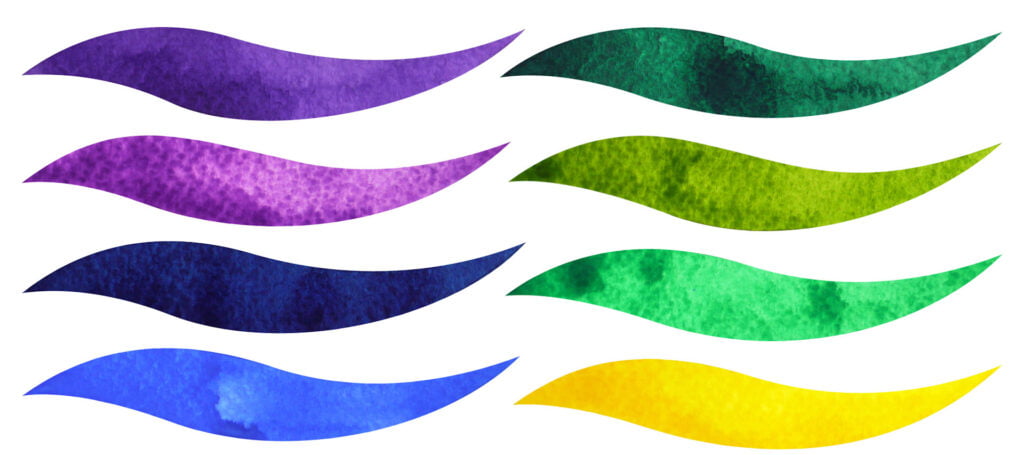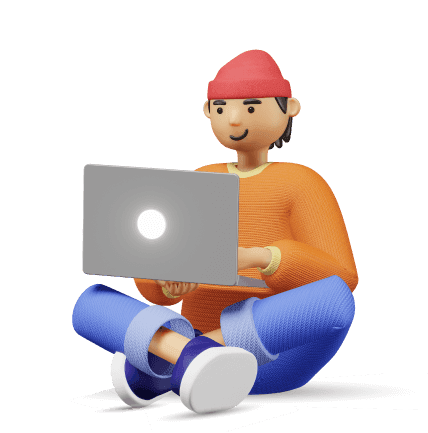
As businesses worldwide consider telecommuting, more and more employees are experiencing working remotely for the first time. Since they were used to working in the office, most of them are having difficulties adapting to the new conditions.
Working from home offers flexibility, but that does not mean it’s a walk in the park. If you have kids, you have to figure out how to work efficiently while they are jumping around the house. This can be pretty hard, especially if your job needs maximum concentration. Such situations are a huge cause of stress among new remote workers, which eventually affects their productivity.
Fortunately, there is an effortless way to keep you focused, productive and calm when working remotely—breathing. Yes, that’s right. Breathing is one of the things that most people do without even paying attention to. However, you can improvise it to help boost your productivity. So, if you have been wondering how to increase productivity at home, this article is for you. In today’s post, we will discuss the different breathing techniques you can apply to become more efficient.
How Poor Breathing Can Hurt Your Productivity
There are two types of breathing—chest and abdominal breathing. When anxious, you usually start taking shallow and rapid breaths, coming directly from the chest. Chest breathing, also known as thoracic breathing, may cause an imbalance in your body’s oxygen and carbon dioxide levels. Consequently, you will experience a rapid heart rate, dizziness, muscle tension, and other uncomfortable sensations in the body. Also, since the blood isn’t getting the right oxygen levels, it will signal a stress response that may lead to a panic or anxiety attack. During distress, you are less likely to remain productive or even work at all. This can lead to delayed project submissions, poor communication, and even missed virtual meetings.
With proper breathing exercises, you can remain calm even in stressful situations, allowing you to continue working productively. The good thing about these exercises is they take just a few minutes to perform. However, if you’re concerned about wasting much time on these exercises, you can always use time tracking software like Traqq. This app monitors the time spent on different activities, enabling you to determine what wastes most of your time. That way, you can create a better schedule that still leaves some time for exercise during working hours.
Here are some of the best breathing techniques for focus that you can do at any point of your day:
1. Abdominal Breathing

The diaphragm muscle sits below your lungs. When you breathe from it, you reduce the amount of work your body exerts, helping you stay relaxed. Here are excellent abdominal breathing exercises you should try:
First Phase: Self-Awareness
- The first thing you need to do is ensure you are comfortable. To achieve this, lie on the bed or floor, resting your head and knees on pillows. Alternatively, sit on a chair, making sure your neck, head, and shoulders are relaxed while your knees are bent.
- Place one hand over your heart and the other below your rib cage.
- Breathe in and out through the nose. Notice whether your chest or stomach moves during the process.
- Try isolating your breathing to bring air deeper into the lungs. Do this a few times. Then, try breathing deeper into your stomach.
- After a few repetitions, you will notice that you’re breathing instinctively through your abdomen.
Second Phase: Abdominal Breathing
- Sit or lie down as instructed in the guide above.
- Place one hand on your belly, somewhere above the navel. Then, place the other hand on your chest.
- Now breath in through the nose and notice your abdomen rising. Keep your chest still while you’re breathing in.
- This time, you need to purse the lips and exhale through your mouth. Push all the air out at the end of every breath while keeping your abdominal muscles engaged throughout.
Abdominal breathing is a perfect workday exercise, so make sure to practice it at least thrice a day for up to ten minutes. Keep in mind that you will feel more tired than relaxed the first time you perform it. However, don’t give up, as it gets easier with practice.
2. Prolonged Exhaling

Sometimes, deep inhaling isn’t always enough to help calm you down and improve your attention span. During such times, prolonged exhaling is usually the best exercise for improving productivity. Deep breaths are usually connected to your sympathetic nervous system, which influences the flight-or-fight response. Meanwhile, exhaling is connected to the parasympathetic nervous system, which affects your body’s ability to calm down.
When you take rapid and shallow breaths, you end up hyperventilating, preventing the brain from getting enough oxygen-rich blood. When stressed, you naturally breathe too much. To alleviate this, follow the steps below:
- Before taking a deep, big breath, thoroughly exhale first.
- Ensure you push all the air out of your lungs. Then naturally inhale as much air as you can.
- Breathe in for four seconds. Then exhale for six.
Perform these steps for three to five minutes. Ensure you’re comfortably seated or lying down.
3. Meditative Breathing
Meditative breathing improves mental capacity by slowing down your thoughts, thereby enabling you to focus better when working. This guide will explain how it works:
- Sit or lie down comfortably.
- You’ll need strong attention to detail for this exercise. Mentally scan your whole body. Become aware of all body parts from head to toe. Once you do this, you’ll feel some tension in areas that you normally would ignore.
- Inhale through the nose deeply and slowly. You should notice your belly and upper body expanding.
- Now, comfortably breathe out the way you normally do. You can also sigh out if you wish.
- After a few repetitions, exhale while softly saying the words “calm” and “safe.”
- Picture your breaths like gentle waves flowing in and out of your body.
- Picture yourself exhaling every negative thought that’s affecting your productivity.
Perform these relaxing moves for up to 20 minutes daily and see how your energy capacity is increased.
4. Balanced Breathing

Balanced breathing originates from the ancient pranayama yoga, and it basically involves using the same amount of time to inhale and exhale. If performed correctly, it can improve your circulatory and respiratory systems while calming the mind.
To practice balanced breathing, you must sit or lie down comfortably. Then, follow these steps:
- Close your eyes and pay attention to your natural breathing for a moment.
- Slowly count to four as you inhale through the nose.
- Now breathe out for exactly four seconds.
- As you are inhaling and exhaling, notice how the lungs become full and empty.
- You can vary the second count, but make sure you inhale and exhale with the same amount of time.
5. Forceful Exhaling
Also known as lion’s breath, forceful exhaling stretches the muscles in your face, relieving any tightness and tension. It helps you mentally refresh yourself while boosting your confidence. Follow the instructions below for this exercise:
- Kneel and rest your buttocks on the bottom of your feet. Alternatively, you can just sit on the floor with your legs crossed.
- Place your hands on your knees while ensuring that your arms and fingers are stretched.
- Inhale deeply through your nose.
- Exhale through your mouth while vocalizing “ha.”
- While you’re breathing out, open your mouth widely and stick out your tongue. Try stretching the tongue to the chin as far as possible. Also, focus your energy on the middle of your forehead.
- As you inhale again, relax the face.
This exercise improves productivity by helping you eliminate any sleepiness and exhaustion. So, make sure to take exercise at work up to six times daily for better results.
6. Alternate Nostril Breathing

If you feel like you just aren’t making any progress on your projects because of anxiety, try alternate nostril breathing. This exercise relaxes the body and mind while promoting your overall well-being.
To try it out, use this quick procedure:
- Close your right nostril using your right thumb.
- Breathe in slowly through your left nostril.
- Pinch both nostrils closed using your right thumb and ring finger.
- Hold your breath for a second.
- Let go of the right nostril while still pinching the left one.
- Now, breathe out through your right nostril, then wait for a second before proceeding further.
- Breathe in slowly through your right nostril.
- Close both nostrils again, then wait for a second.
- Open the left nostril, then breathe out.
- Wait for a second before you breathe in again.
- Repeat the cycle ten times.
7. Coherent Breathing
Coherent breathing, also called resonant breathing, is another perfect way of eliminating anxiety and boosting focus. You can try it by following these instructions:
- Lie down in a comfortable position, then close your eyes.
- Inhale gently through the nose while keeping your mouth closed. Inhale for six seconds but don’t fill your lungs completely.
- Exhale gently for six seconds.
- Repeat the cycle for about ten minutes.
Wrapping Up

Whenever you’re feeling totally unmotivated and overwhelmed, try these work from home productivity tips. Observe yourself and see if the breathing exercises help you stay calm, focused, and more productive.
Make it a habit to include breathing exercises as an activity entry when using a task tracking app like Traqq. Additionally, if you are an employer and are having difficulties managing remote employees, Traqq may be just what you need!

